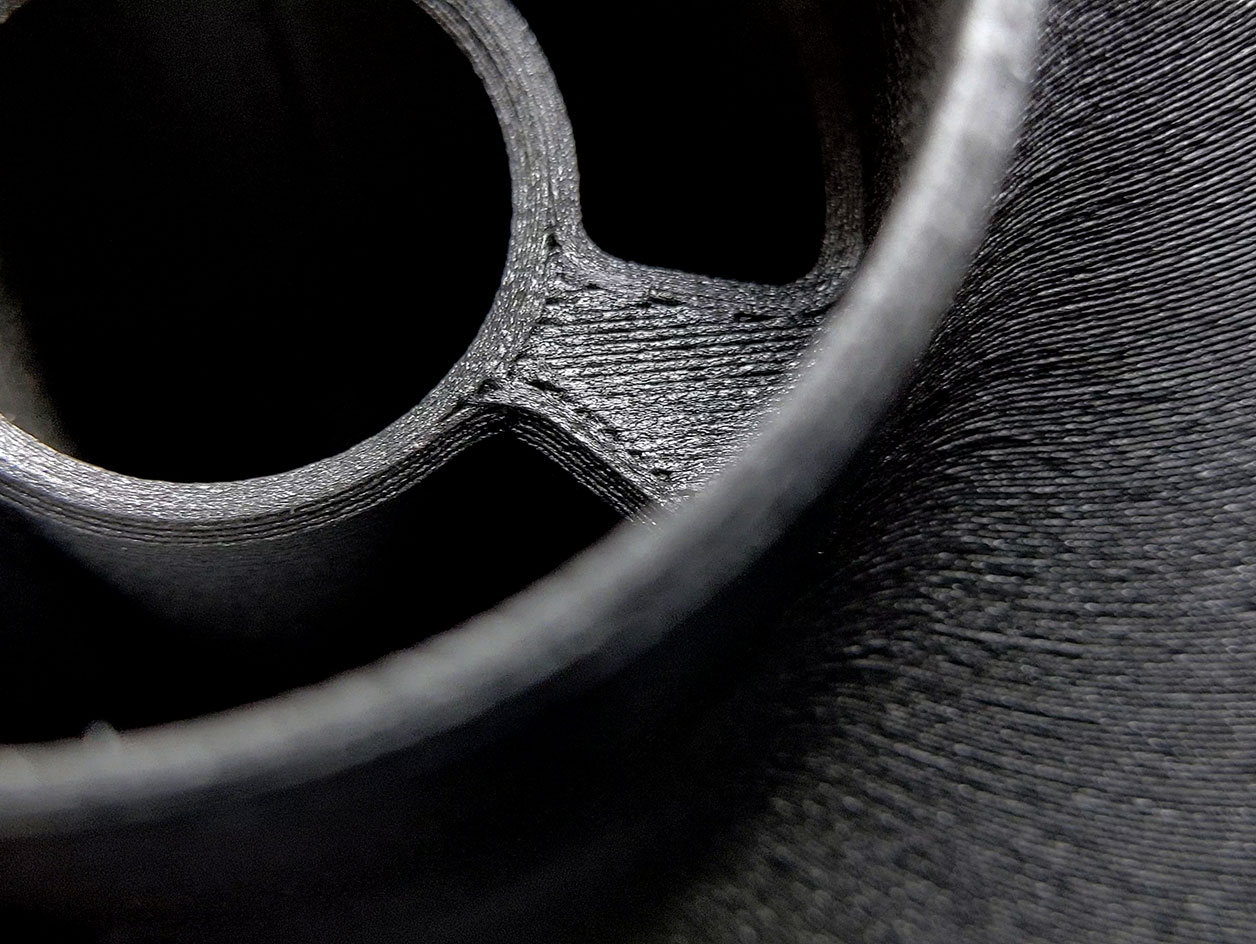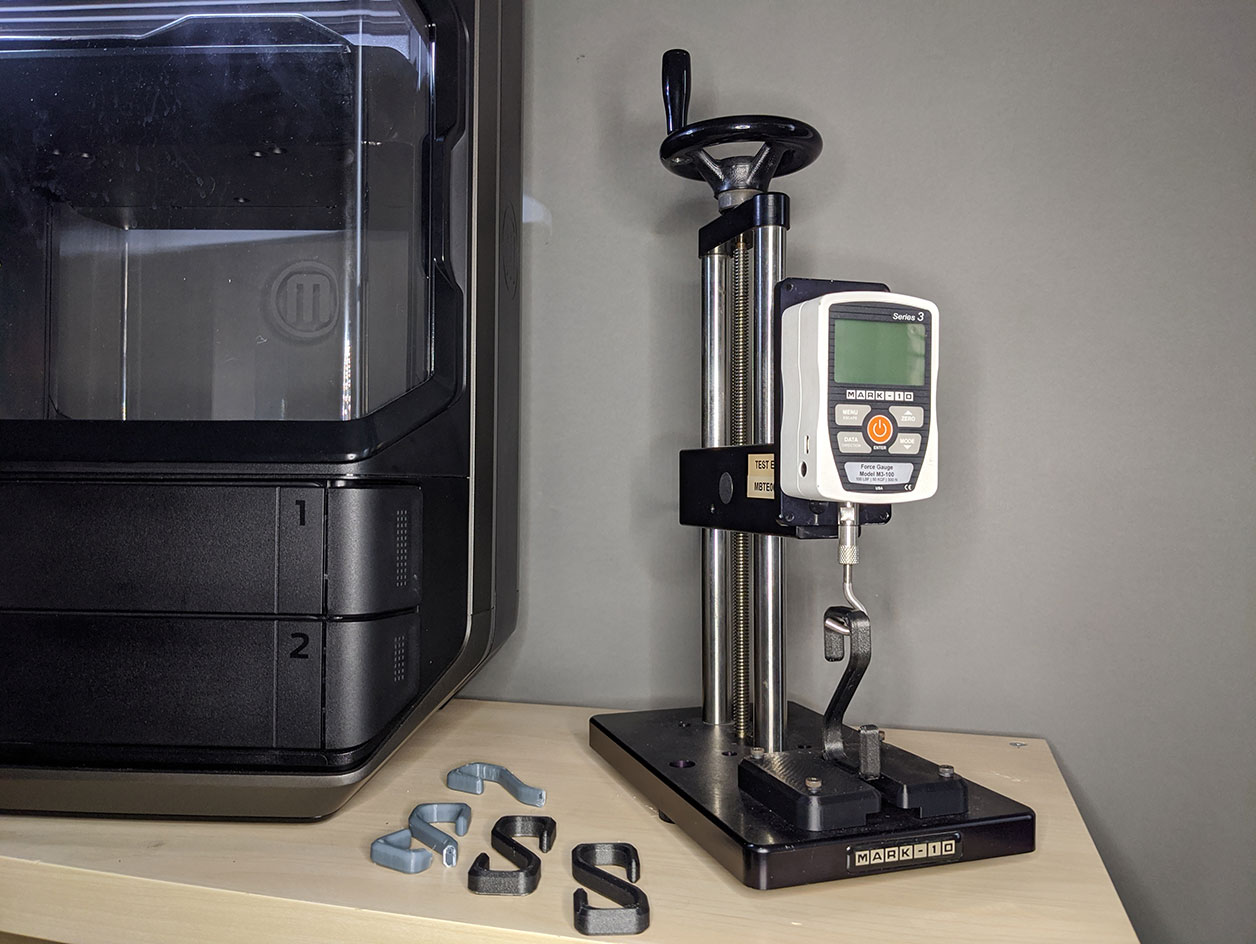Carbon fiber is one of the most powerful materials for anyone trying to get the most out of 3D printing. But when should you use it, and what applications can you use it for? Let’s delve into these questions and discover why 3D printed carbon fiber composites are more accessible and versatile than ever before.
Understanding carbon fiber composites

Carbon fiber has a rich history, dating back to Thomas Edison’s use of it as a filament in lightbulbs in the late 19th century. Recognizing the strength of carbon fiber, the Union Carbide Corporation further developed its processing techniques in the 1950s. Fast forward to the present, and carbon fiber is now commonly used in high-performance products like race cars and airplanes. With the advent of 3D printing technology and recent advancements in composite techniques, carbon fiber is now accessible for a whole range of new applications.
The benefits of 3D printing with carbon fiber
Traditional carbon fiber is known to be strong, lightweight, and to have a distinctive visual appeal with its graphite black cross weave pattern. However, traditional manufacturing processes can be labor-intensive and costly. This is where carbon fiber composite blends come into play.
By combining chopped carbon fiber with a base resin or polymer, the resulting composite is more manageable. This makes it suitable for various manufacturing techniques, including 3D printing. Furthermore, introducing different base polymers can add unique properties, enhancing the versatility of carbon fiber composites.
The right time to use 3D printing

Before you dive into finding your perfect 3D printing application, it’s crucial to understand when it’s most beneficial. Consider factors such as time savings, cost per volume, and the specific material properties required for your applications.
Saving time with design iterations
One of the most significant advantages of 3D printing is the ease and speed of setup. It allows direct transition from design to print job, significantly reducing the labor of creating individual parts. This benefit is further amplified when a part goes through multiple design iterations.
Volume-base cost efficiency
For high-volume production, traditional manufacturing methods like injection molding might be more cost-effective due to economies of scale. However, for low-volume requirements, such as prototypes, custom tools, or replacement parts, 3D printing often provides a more economical solution.
Meeting material property requirements
When selecting a material and manufacturing process, understanding the specific requirements of your application is paramount. You’ll need to consider the stresses, strains, temperature thresholds, and exposure to moisture or chemicals your part will endure. Carbon fiber composites often meet or exceed the requirements of high-performance parts, making them a viable alternative to traditional metal components.
By harnessing the power of 3D printed carbon fiber composites, you can revolutionize your production process and create high-performance, custom parts with ease and efficiency.
For more info on printing with carbon fiber, including guidance on which materials are best for which applications, download the UltiMaker carbon fiber applications guide:
Download now
Ready to start 3D printing with carbon fiber?Take advantage of one of our offers today:


























